I've seen many references to braking a brushed DC motor by shorting its terminals. As I understand it, the motor torque is relative to the current through it, which should dissipate relative to its inductive time constant. Shorting the terminals should allow the current to dissipate at the fastest rate. I also understand that back EMF should assist in braking.
Many brushed DC motor designs include a flyback diode by default. I typically see Schottky diodes recommended. That would allow current to circulate similar to connecting the terminals, and would clamp the motor voltage to ~300mV or less (and also in the same direction as the back EMF.)
Is there really any significant difference between shorting the terminals and allowing current just to circulate through the diode? I feel like I'm missing something, either in my understanding of the circuit or brushed motor fundamentals.
I'm specifically referring to relatively small motors driven by PWMing a low-side transistor (such as shown in this question,) though it may also be relevant in other cases. I realize there are applications that require other forms of active breaking, but I'm specifically interested in the marginal effect of shorting the terminals over the flyback diode.



